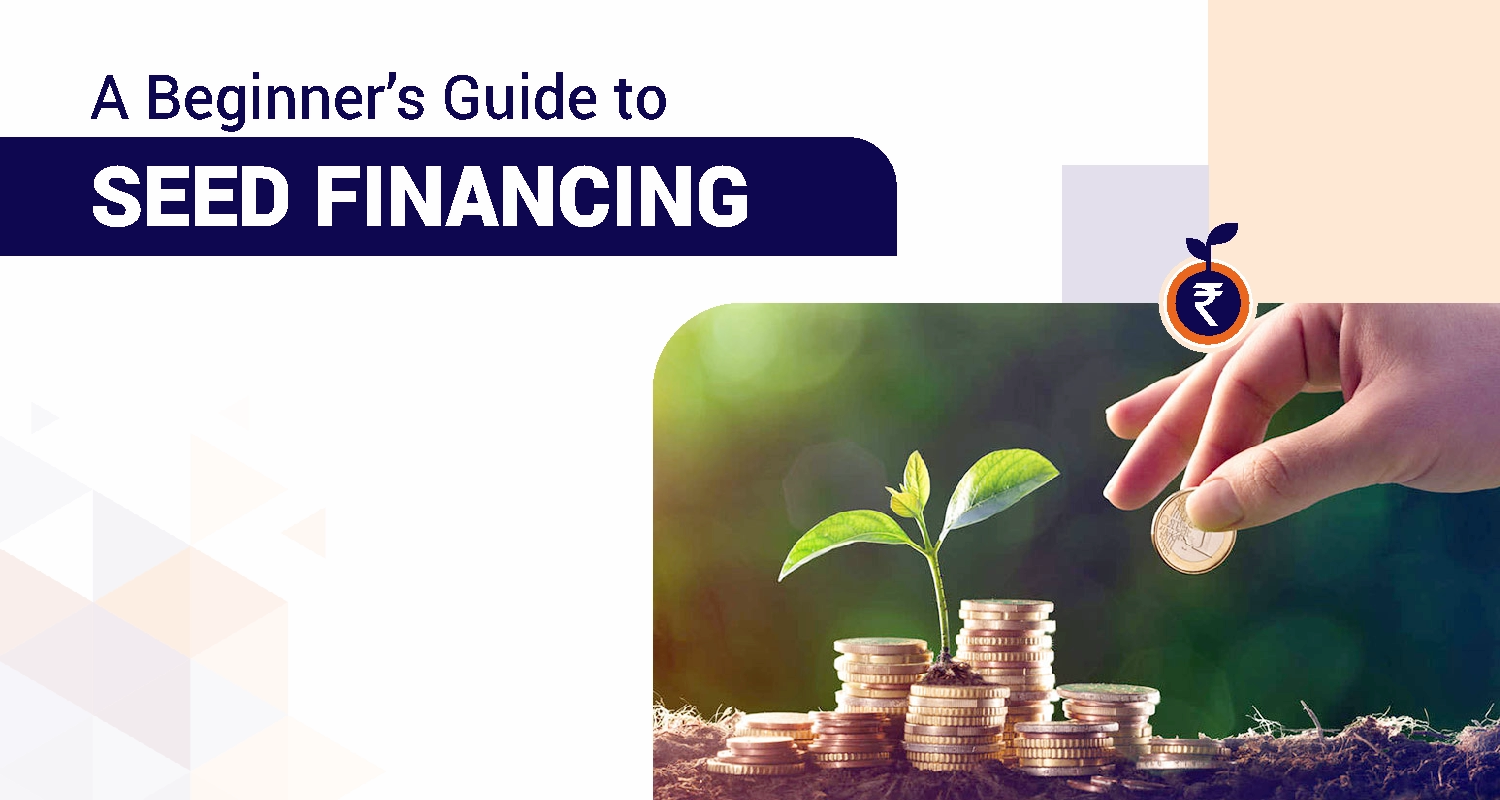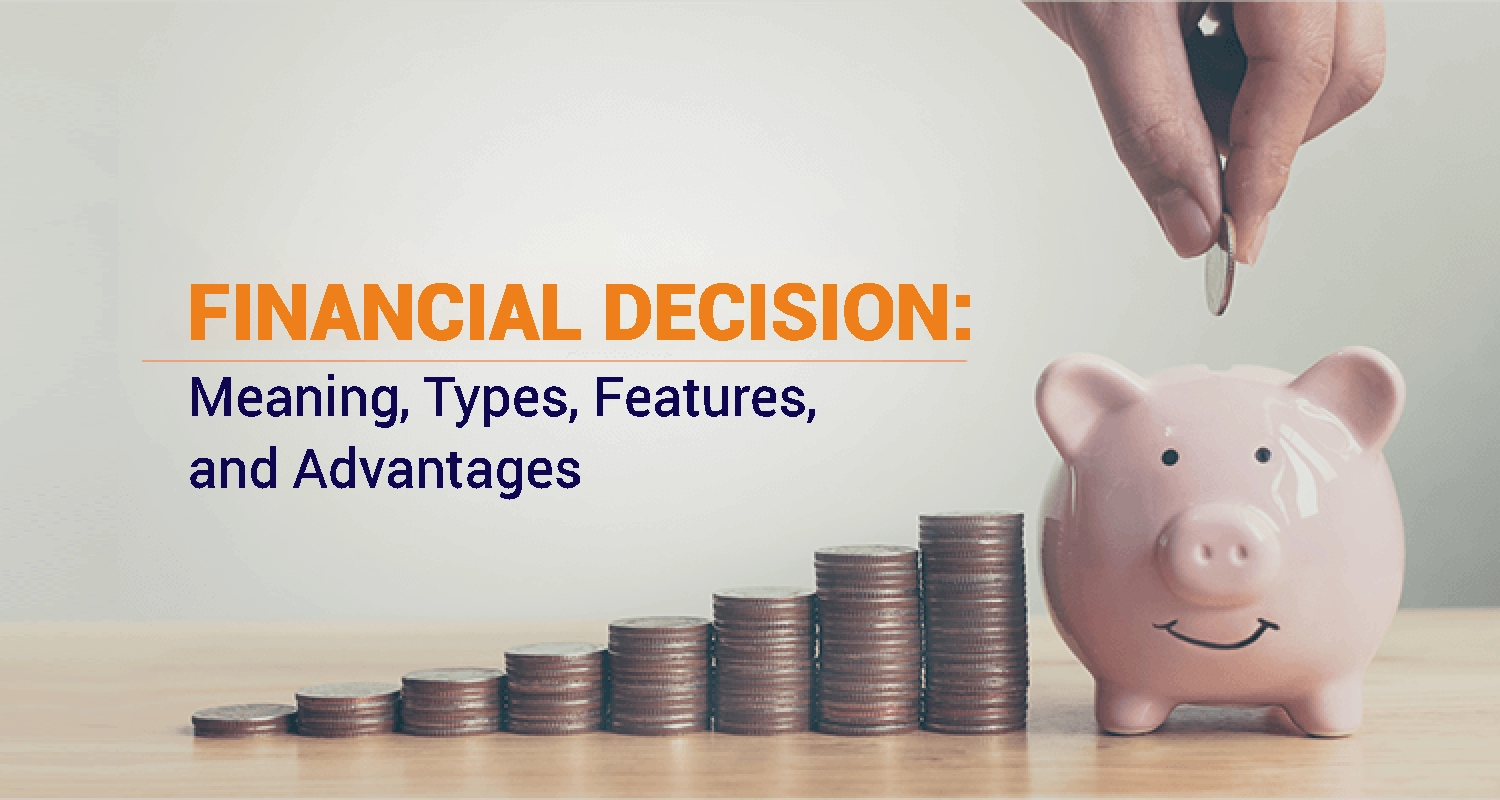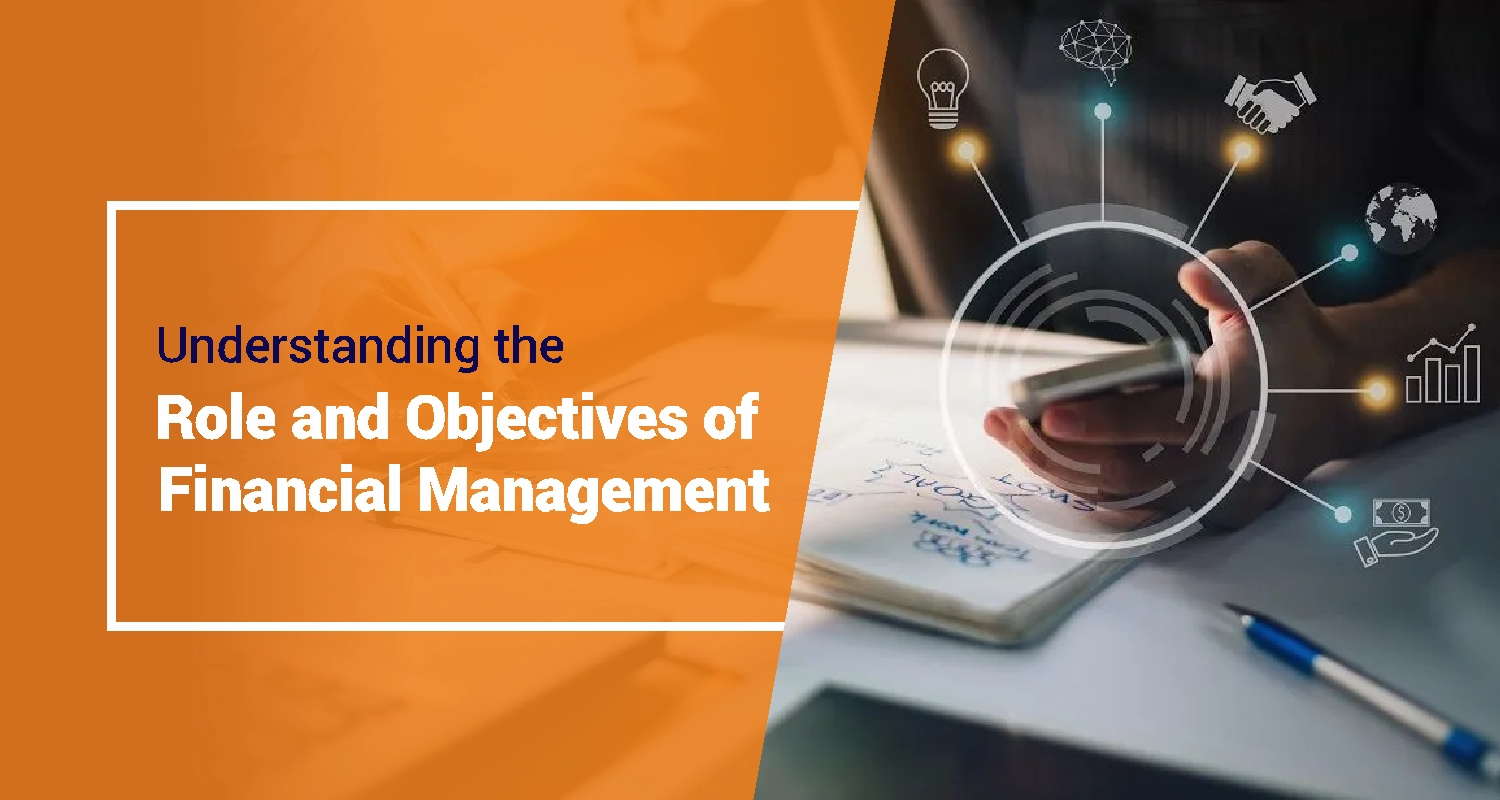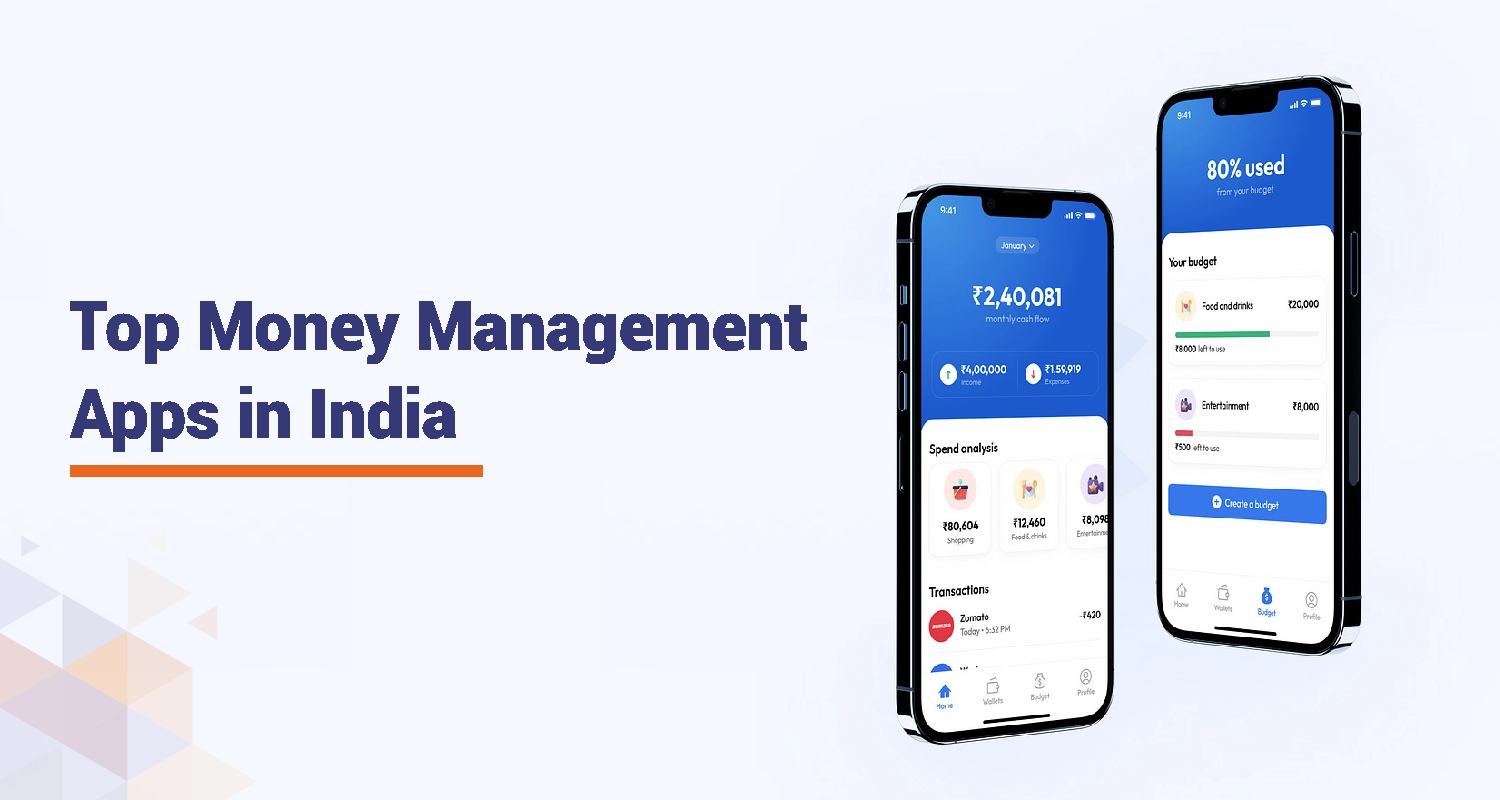Seed Funding: Types, Stages & Sources of Funding

Seed funding is the first step in helping startups bring their ideas to life. It gives new businesses the money they need to start building their products, test their ideas, and prepare for future growth. Seed funding comes when the business is still in its early stages and might not be making money yet.
There are different ways to get seed funding, such as angel investors, venture capital, crowdfunding, and startup incubators. Each option offers unique benefits and helps startups in different ways. In this article, we’ll explain what seed money is, the various types of seed funding and how they can help new businesses grow.
What is Seed Funding?
Seed funding is the initial capital investment provided to a new business or startup to help it get off the ground. It's like the first drop of water that starts a ripple effect, leading to further growth and development. Think of it as the fuel that ignites the entrepreneurial journey.
How Does Seed Funding Work?
In seed funding, investors usually receive equity in return, meaning they become part-owners of the business. This funding can come from various sources, including individuals, venture capital firms, angel investors, and crowdfunding platforms.
The funds are used to cover the initial costs of starting a business, such as:
- Product development: Research, design, and prototyping
- Marketing and sales: Creating brand awareness and generating initial customers
- Team building: Hiring key personnel
- Legal and administrative expenses: Setting up the business and complying with regulations
Why is Seed Financing Important for Startups?
Seed funding is crucial for startups because:
- It provides a financial cushion: It helps cover the initial costs of starting a business, reducing the financial burden on the entrepreneurs.
- It validates the idea: Securing seed funding can be seen as a validation of the business idea and its potential for success.
- It attracts further investment: A successful seed funding round can make it easier to raise subsequent rounds of funding, such as Series A and Series B.
Types of Seed Funding
Below are the types of seed financing:
- Crowdfunding: Crowdfunding is one of the more popular methods of seed funding today. It involves using an online platform to raise small amounts of money from a large number of people. This approach has helped fund successful projects like Oculus Rift, Pebble Wearables, and Exploride. With over 500 crowdfunding platforms available, it’s a great way to gather funds from the general public to bring your idea to life.
- Seed Money from Corporations: Some big companies provide seed money to promising startups. Corporations often invest in smaller companies to get in early on innovative ideas, hoping to benefit financially once the startup grows. Corporate seed funds can be a mix of investments from various large firms, offering startups valuable financial backing.
- Incubators: Incubators are organizations that support startups in their initial stages and provide resources like office space, guidance and mentorship, and sometimes even funding. These programs allow startups to develop their ideas collaboratively while receiving expert guidance. Unlike other funding types, incubators help startups refine their business models and prepare for future growth.
- Accelerators: Accelerators are programs designed to fast-track the growth of startups that already have a minimum viable product (MVP). They provide mentorship, resources, and funding in exchange for equity. Unlike incubators, accelerators don’t focus on the initial stages of idea development but instead help startups scale their operations quickly. Some well-known accelerator programs include Techstars and Y Combinator.
- Angel Investors: Angel investors are individuals providing financial suport to startups and receiving equity ownership in return. These investors are usually entrepreneurs or professionals with industry experience. They not only invest money but also offer mentorship and guidance. Angel investors are often crucial for startups still in their early stages and need capital to address growth challenges.
- Founder’s Own Savings (Individual Funds): In some cases, startup founders use their savings or personal wealth for seed capital assistance. This is known as bootstrapping. While it means the founder doesn’t have to give up equity, it also puts their personal finances at risk. Many entrepreneurs begin their ventures by investing their own money until they’re able to secure external funding.
- Debt Funding: Debt funding involves borrowing money to fund your startup, typically from banks, financial institutions, or friends and family. Startups that opt for this route must repay the loan with interest. In some cases, venture capitalists may offer loans instead of taking equity, which still needs to be repaid but allows the founder to retain ownership of their company.
- Convertible Securities: Convertible securities allow startups to borrow money with the understanding that the loan will eventually be converted into equity once certain milestones, such as revenue or growth targets, are achieved. This method is common when investors want to delay setting a company’s valuation until it’s more established.
- Venture Capital (VC) Funding: Venture capitalists invest larger sums of money into startups that show potential for rapid growth. Unlike angel investors, VCs are often professional investment firms. They typically invest during later stages and take a significant ownership stake in the company. VCs provide not only funding but also strategic guidance and connections to help startups grow.
Sapna aapka. Business Loan Humara.
Apply NowStages of Seed Funding
There’s an entire process that lays the groundwork for future funding rounds and long-term success. The stages of financing are:
- Ideation and Conceptualization: At this stage, founders brainstorm ideas, identify market needs, and develop a basic business concept. This is when the initial foundation of the startup is built, and founders focus on turning their idea into a viable business.
- Market Research: Before seeking funding, startups conduct thorough market research to understand target audience, competition, and any gaps in the market. This stage helps refine the business idea and strategy.
- Formation and Team Building: Founders begin assembling a team that has the skills needed to execute the business plan. A strong, diverse team is key to attracting future investors, as it signals that the startup has the right people to grow the business.
- Minimum Viable Product (MVP) Development: In this phase, startups create a basic version of their product or service. The goal is to test its feasibility and demonstrate the potential value of the product to investors and early customers.
- Initial Popularity: Startups focus on getting early customers and gathering feedback. The goal is to confirm that there’s demand for the product or service, which helps establish a product-market fit.
- Market Validation: Validation comes through feedback from users and key performance indicators (KPIs). This ensures that the startup’s product or service has real potential in the market.
- Improving the Business Model: After gathering feedback, startups refine their business model, pricing, and overall approach, incorporating financial modeling to enhance value delivery to customers. This process continues based on market response.
- Product Version Enhancements: Continuous improvements to the product or service are essential. Startups use customer feedback to enhance features, fix issues, and remain competitive.
- Planning for Scalability: Startups that have proven their product’s viability begin planning to scale operations. This involves optimizing processes and identifying how to meet growing customer demand efficiently.
- Paperwork and Pitch Preparation: Entrepreneurs prepare all necessary documentation, including business plans and financial projections. A well-prepared pitch deck is crucial for attracting investors.
- Investor Networking and Outreach: Founders start networking with potential investors, seeking mentorship, and building relationships within the investment community.
- Official Seed Phase Announcement: Once ready, startups publicly announce that they are seeking seed funding. This step shows investors that the startup is prepared to grow and scale with additional capital.
- Pitching and Due Diligence: After pitching to investors, startups undergo a due diligence process, where investors evaluate the business’s growth potential, financials, and team capabilities.
- Negotiation and Term Sheet Agreement: If investors are interested, the founders and investors negotiate the terms of the investment, including valuation, equity stake, and shareholder rights.
- Closing the Seed Round: The seed funding round officially closes once all parties have signed the agreements and the funds are transferred. Investors then become stakeholders in the company. Learn about the financial swaps.
Seed Funding vs. Angel Investing and Venture Capital
While seed funding, angel investing, and venture capital are all forms of early-stage investment, there are some key differences:
- Angel investors: Individuals who invest their own money in startups. They often have industry experience and can provide mentorship and advice.
- Venture capital firms: Professional investment firms that pool money from investors to invest in startups. They typically focus on high-growth potential businesses.
Seed funding is generally a smaller investment than angel investing or venture capital, and it often comes with fewer strings attached.
Challenges Faced by Startups at the Seed Funding Stage
Raising seed funding can be challenging for startups due to several factors:
- Competition: There are many startups competing for the same limited pool of funding.
- Uncertainty: Investors are often hesitant to invest in early-stage businesses due to the high risk involved.
- Lack of traction: Startups with limited traction or customer base may find it difficult to attract investors.
Tips for Raising Seed Funding
- Create a compelling pitch deck: A well-crafted pitch deck can help you attract investors and communicate your business idea effectively.
- Build a strong network: Networking with investors, mentors, and industry experts can increase your chances of securing funding.
- Demonstrate traction: Show investors that your business has momentum by highlighting key metrics such as customer growth, revenue, and partnerships.
- Be prepared to negotiate: Investors may have different terms and conditions, so be prepared to negotiate and find a deal that works for both parties.
Where can you Raise Seed Funding?
There are many sources of seed funding available to startups:
- Angel investors: Individuals who invest their own money in startups.
- Venture capital firms: Professional investment firms that pool money from investors to invest in startups.
- Crowdfunding platforms: Online platforms allowing individuals to invest in startups in exchange for rewards or equity.
- Government grants and programs: Some governments offer grants and programs to support startups and entrepreneurs.
- Incubators and accelerators: These programs provide startups with mentorship, funding, and other resources.
Seed funding is pivotal in transforming early-stage business ideas into reality by providing the essential capital needed to get started. For startups, seed funding can cover initial expenses like product development, marketing, and team building. Investors, in turn, get to be part of an exciting journey with the potential for high returns. While securing seed funding can be challenging, it ensures the potential for growth and success, acting as a stepping stone toward larger funding rounds and long-term sustainability.
FAQs
Q1. Are seed funding and venture capital the same thing?
Ans. Seed funding is typically a smaller investment provided to early-stage startups, while venture capital is a larger investment provided to more established businesses with significant growth potential.
Q2. How much seed funding should I raise?
Ans. The amount of seed funding you need will depend on your business plan, industry, and growth goals. It's important to create a detailed financial forecast to determine your funding requirements.
Q3. What is the typical valuation for a seed-stage startup?
Ans. The valuation of a seed-stage startup can vary depending on factors such as the team, market opportunity, and stage of development.
Q4. How long does it usually take to raise seed funding?
Ans. The time taken to raise seed funding differs depending on market conditions, the quality of your pitch, and your network. It can take anywhere from a few months to over a year.
Q5. What are some common mistakes made by startups when raising seed funding?
Ans. Some common mistakes include having a poorly developed business plan, overvaluing your business, and not being prepared to negotiate.
Sapna aapka. Business Loan Humara.
Apply NowDisclaimer : The information in this blog is for general purposes only and may change without notice. It does not constitute legal, tax, or financial advice. Readers should seek professional guidance and make decisions at their own discretion. IIFL Finance is not liable for any reliance on this content. Read more



